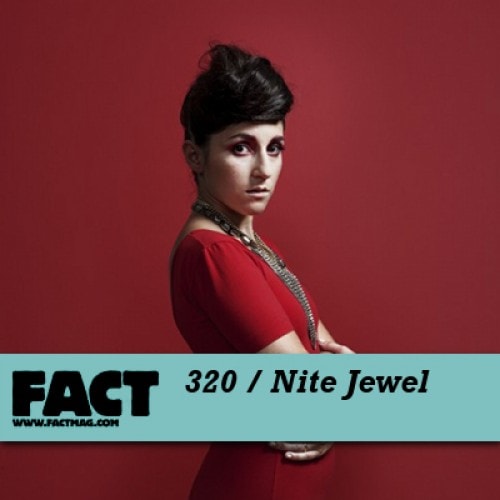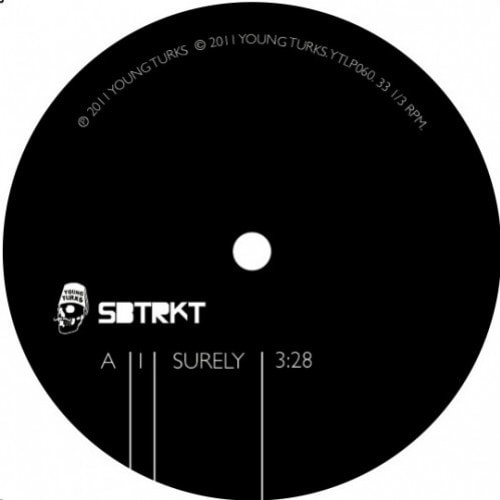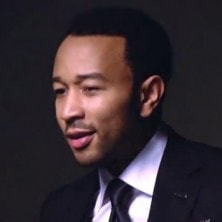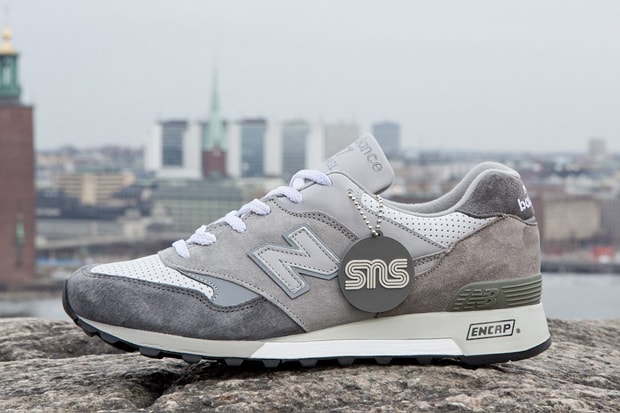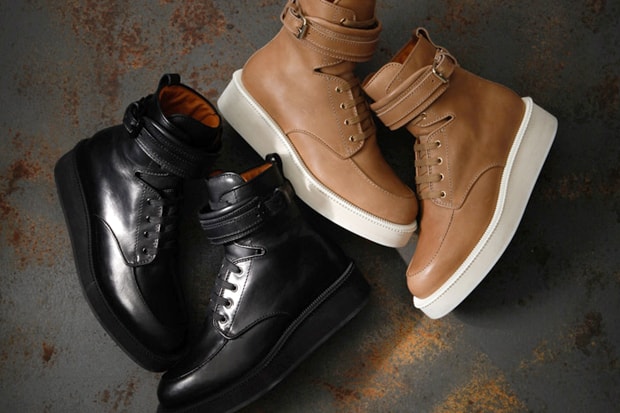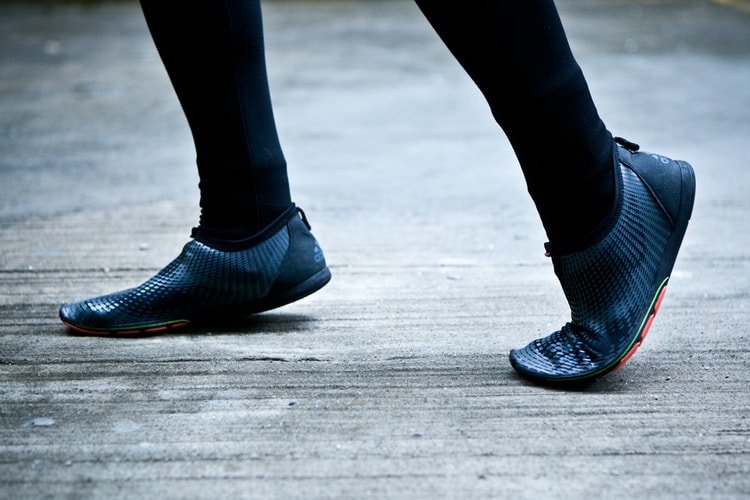Sneakers Magazine: Matt Fontana of SUPRA
SUPRA has been taking the footwear industry by storm in the last few years. While the brand’s
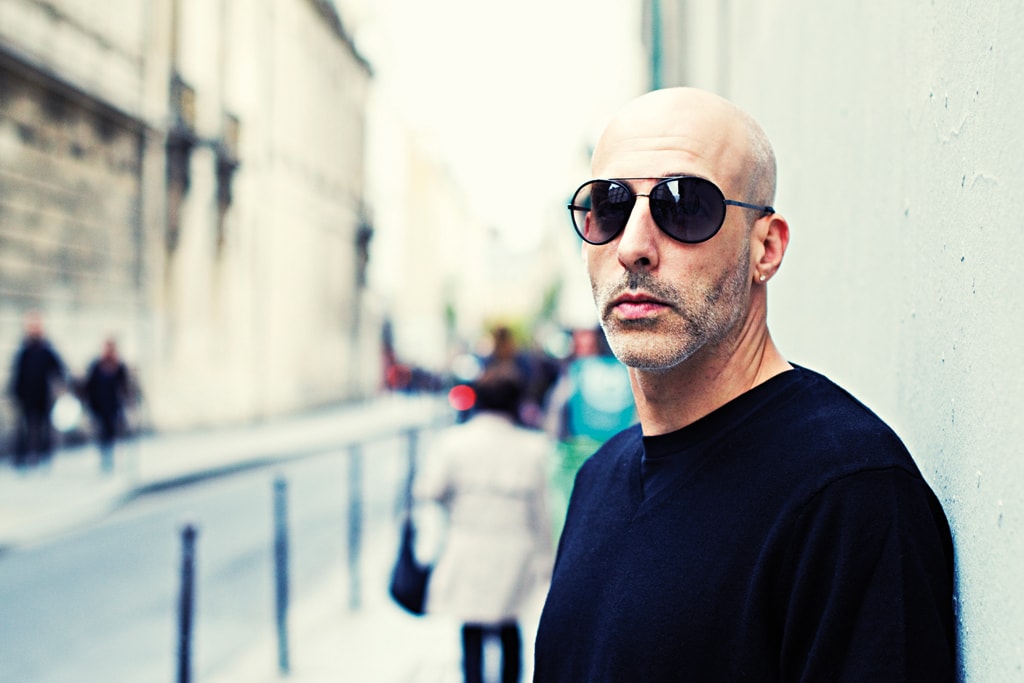
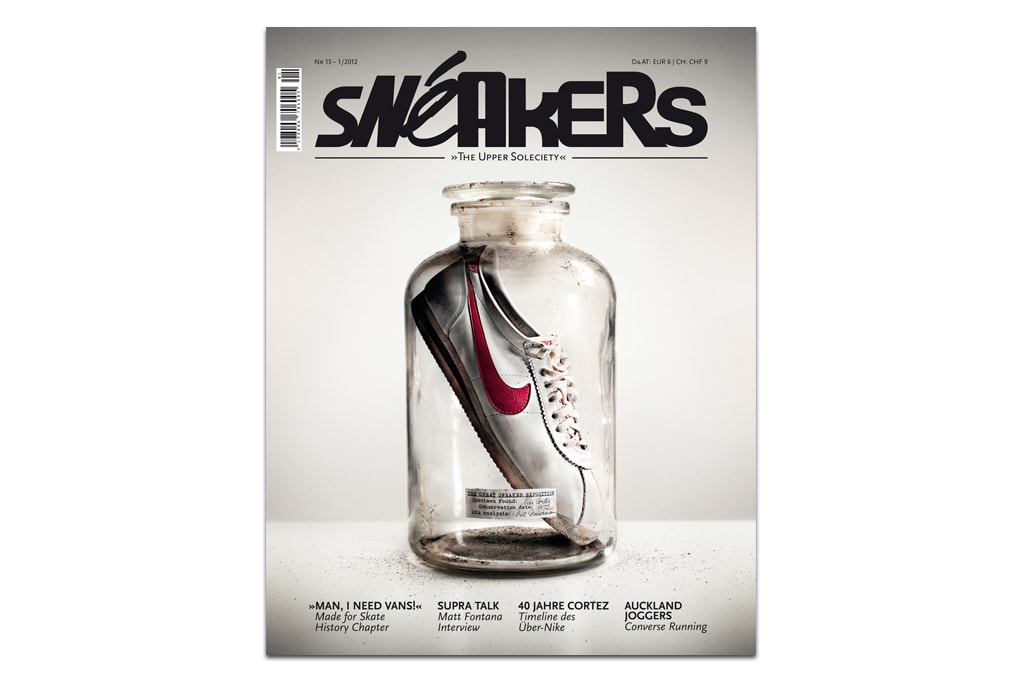
SUPRA has been taking the footwear industry by storm in the last few years. While the brand’s success has many factors, the involvement of Matt Fontana is of vital importance. The Brooklynite, who serves as Vice President of Global Brands at One Distribution, is deeply rooted in skateboarding and sneaker culture and has a strong vision for SUPRA. He shared that vision in a recent interview with Germany-based Sneakers Magazine. The interview in its entirety can be read in the latest Sneakers Magazine issue, while an excerpt is offered below.
Photography: Holger von Krosigk
Hi Matt, let’s start with your skateboarding background. Around what time did you start?
I started skating in either 1985 or 1986. I always wanted to ride a skateboard, for as long as I remember. It was among the three things that I wanted as a kid: I wanted to get my ears pierced, I wanted to get a tattoo, and I wanted a skateboard. So every year, I would ask for the same things, whether for my birthday or for Christmas and every year they told me that I couldn’t have a skateboard because it wasn’t safe. I think they wanted to wait for me to get over the idea of wanting one. They probably figured it was a passing phase, like everything else you want as a kid, but consistently, for a period of three or four years, I would ask. Finally, at around ‘85 – ‘86 at the age of 14 or 15 years old, my parents got me a skateboard. The only downside was that the streets were covered in snow at the time, so when I got it, I couldn’t really use it, but I was happy to have it; I probably slept with it until springtime came.
Do you think that skateboarding got you into sneakers?
I know that it did, 100%, no question. Everything about me, everything that I’m into, started with skating.
If you’re talking about the mid to late 80s, there weren’t any skate shoe brands out at the time…
Fuck skate shoes, man. It was perfect timing. Getting a skateboard coincided with the release of the first Air Jordan shoe. I think I must have gotten the skateboard on Christmas of ‘85 and I got my first pair of Jordans in ‘86.
Did you skate with them?
Absolutely. I skated a lot of shoes that I distinctly remember. The shoes I skated in were primarily from some of the guys who influenced me, people I saw in magazines. So I skated in Converse Dr. J’s, I skated in Puma First Rounds, and I skated in Nike Air Jordan 1s. To this day, Dr. J’s, First Rounds, and Jordan 1s are three shoes that have a lot of emotional significance to me… For me it was really about basketball shoes at the time. Probably the only skate shoe brand that existed at the time was Vans, and that was even before Airwalk. Honestly though, in New York City, it was really all about high top basketball shoes , in particular, leather basketball sneakers. There was the perception that they were durable and were also a little more prestigious.
Where did you get your information from in those days?
The information I tried to gather about skating came from two places: Thrasher and Transworld. I remember the first issue I got of any publication was a Transworld from around 1986. I really studied the magazines, and when I say “studied”, I mean from the front cover to the back cover – everything. I was reading the barcode, I was reading the prices in other countries that I had never been to, I was reading the fine print at the bottom of the page that told where the magazine was printed… I was seeking every morsel of information that I could because I wanted to be confident in my position in skating. But honestly, the stuff that made the biggest impressions, were the ads. With all due respect, half of the articles were written by people who were relatively illiterate. Both of my parents were educators, so I was a nerd growing up and skateboarding was my first interaction with the street. The ads helped me in formulating my opinions about brands and Stüssy stood out the most. The iconography and imagery that Shawn Stüssy had developed in the 80s was the most compelling and the most familiar thing to me, even though he was from California and probably more motivated by surf than by skate, his mentality was much more universal.
So yeah, I became really obsessed with skating and the only place to buy equipment in the town of New Jersey was a sporting goods store. It was the same everywhere, you would go to a spot where you could get a pair of skis waxed, get your tennis racquet restrung, or buy a skateboard. The guy that would sell you the skateboard would be the same guy that would sell you the skis and the tennis racquet, and the thing he knew the least about, with certainty, was the skateboard. He knew more about any other sport. So I was trying to discern the differences in these things, what was the difference in the size of a wheel, the width of a truck, the shape of a deck? And the more I learned about it, the more disenchanted I got with the places where I bought my equipment. The more I got into skating, the more resistant I became to where popular culture was at the time. Ironically, now the things I’m into are some of the biggest popular cultures: skating, sneakers, and hip hop, but at the time, to go to the shop where the jocks went to buy their football pads and where swimmers got their Speedos… that flew in the face of everything that skating symbolized for me.
What did it symbolize to you?
Skating was a revolution. It was a chance to gain independence. Before having a car or a license it gave me mobility, it gave me an attitude, it gave me a style … you know, whether my jeans were ripped or my shoes were scuffed or my hands were bloody, it was authentic. I wasn’t sitting at my house washing my jeans to give them a destroyed look or paying a high price for owning a vintage product that had been weathered and aged to look like it had come from the past. It was all a by-product of skating: it wore out your jeans, it wore out your shoes, it wore out your skin … but I had the belief that there were other people like me who were passionate about skating and who would appreciate a place for skaters to go. So I had this idea to open a skate shop. To my knowledge, there wasn’t one. Not where I was from, not in New York, not in New Jersey, not anywhere I could get to. I wanted to open the first store and was able to get some money from a high school teacher. My father was a high school teacher and he helped me secure a loan from one of his colleagues. With the help of my father, I designed it by myself. We hired no designers, no builders, no architects and we came up with a concept for the store, with a name, we designed a logo for the store – we tried to really create a brand without really meaning to create a brand. I opened the store in March of ‘87 while still 15 years old, two months before my 16th birthday. To my knowledge, it was the first store on the East Coast dedicated solely to skating. I don’t want to say that it was – there could’ve been a hundred before mine, but it didn’t sell surfboards, skis or skim boards or shit. If you came in and wanted roller skates, it was “fuck you get out.” If you wanted a surfboard, it was “fuck you get out.”
Unlike people like Ricky Oyola, a guy who devoted his life to skateboarding, you didn’t stay on the hardcore, 100 % skateboarding path forever…
Yeah, Ricky Oyola is a great example, because he’s [someone who is] inspirational to me. He has remained so core and so committed to skating, that there probably isn’t a better example of someone who’s given so much to a culture and hasn’t gotten a lot back from it [financially]. So for me, it didn’t last long. In 1992, I was already not as core to skating as I had been in 1987, when I first had my shop. It was a combination of a number of things. First and foremost, skating led me to sneakers. I have recollections of three particular images: Christian Hosoi skating in First Rounds that were black suede with the red suede stripe, Natas Kaupas skating in Dr. J’s that were white leather with a red leather star and chevron, and the Bones Brigade with Air Force 1s. You know, in royal blue and black, red and black, white, red and black. There’s this down-market retailer in New York called Modell’s, it’s a regional athletic specialty chain that had all these shoes on sale at the time. You know, those shoes were not cool – First Rounds, Dr. J’s, Air Jordan 1s – sure we hear the stories of kids that were shot for Jordans, but you’re talking about Jordans in straight Chicago Bulls colors. There were like ten other colors that no one wanted, Columbia blue and white, metallic blue and white, purple and white, white on white, and even royal blue and black, which today is such a coveted colorway. Those weren’t really desirable colors because everybody wanted the colors that Michael was wearing. In New York, it was the “urban” consumer, somebody who was young and black, who was looking to Michael Jordan as their role model, who was often as immersed into basketball culture as I was into skate culture. The only legitimate pair of Jordans were the Chicago Bulls’ colorway, maybe two colorways because you had the red, white and black, and you had the red and black. All other colorways were $39.99 at Modell’s and they would put them in bins without the box. Those weren’t only the shoes that I saw my favorite skaters wearing in the magazines – they were also the shoes that were the most accessible. The shoes were affordable and they were widely distributed … That’s what triggered my interest in sneakers. In my shop I sold every model of Airwalk in every color, I sold every model of Vision Street wear in every color and I sold every Etnies in every color. It was easy – there weren’t that many models.
Were you wearing any of those shoes?
No, not ever. I got so into sneakers to the point where the habit became an obstacle to skating. The Jordan 1 was banging for skating, but the Jordan 2 wasn’t, but when it came out, I wanted it as much as the Jordan 1. At that point I had all the colors of the Jordan 1 because it was Italian leather, it was tumbled, it had no swoosh on the side – the shoe was crazy then. Look at any picture of me from ‘88, in every picture I can find of myself, I’m wearing Stüssy and Jordan 3s: white cement 3s, black cement 3s … The day that shoe came out was a pivotal moment in my life, I know a lot of people who cite that shoe as their favorite shoe. I rocked that to school and it made me feel different. The Jordan 3 defined who I was, there was nothing like it, but at the same time the Jordan 3s, 4s, and 5s weren’t good for skating. Also, while developing this obsession with sneakers, I was really getting into Ska music. I was disappointed that I wasn’t born a few years earlier because many of the bands that I was inspired by had already broken up when I learned about them, like The Specials or Selector. All of those bands had broken up. I got a Vespa scooter and a trench coat and used to ride around with Doc Marten boots. There were all these different interests that I was developing that conflicted with one another because if you wanted to be a mod or a skinhead, it was a fulltime job. It wasn’t like it is now with kids who do everything. Kids ride their skateboard to football practice and have rock and hip hop songs in their iPods. Now it’s complementary, “Oh, you’re into sneakers, you’re into skateboards, you’re into tattoos, you’re into rap? Cool!” I think that really paved the way for my later success because early on, I was into crossing over. That is funny because in ‘92, EPMD put out a song called “The Crossover,” and in hip hop terminology, crossing over was another term for “selling out.” That was the worst thing you could do.



